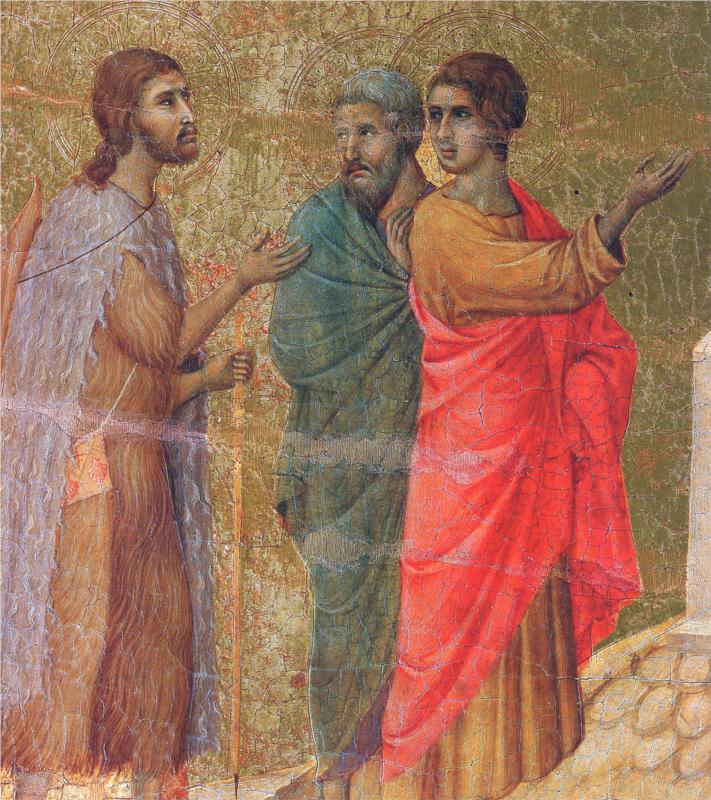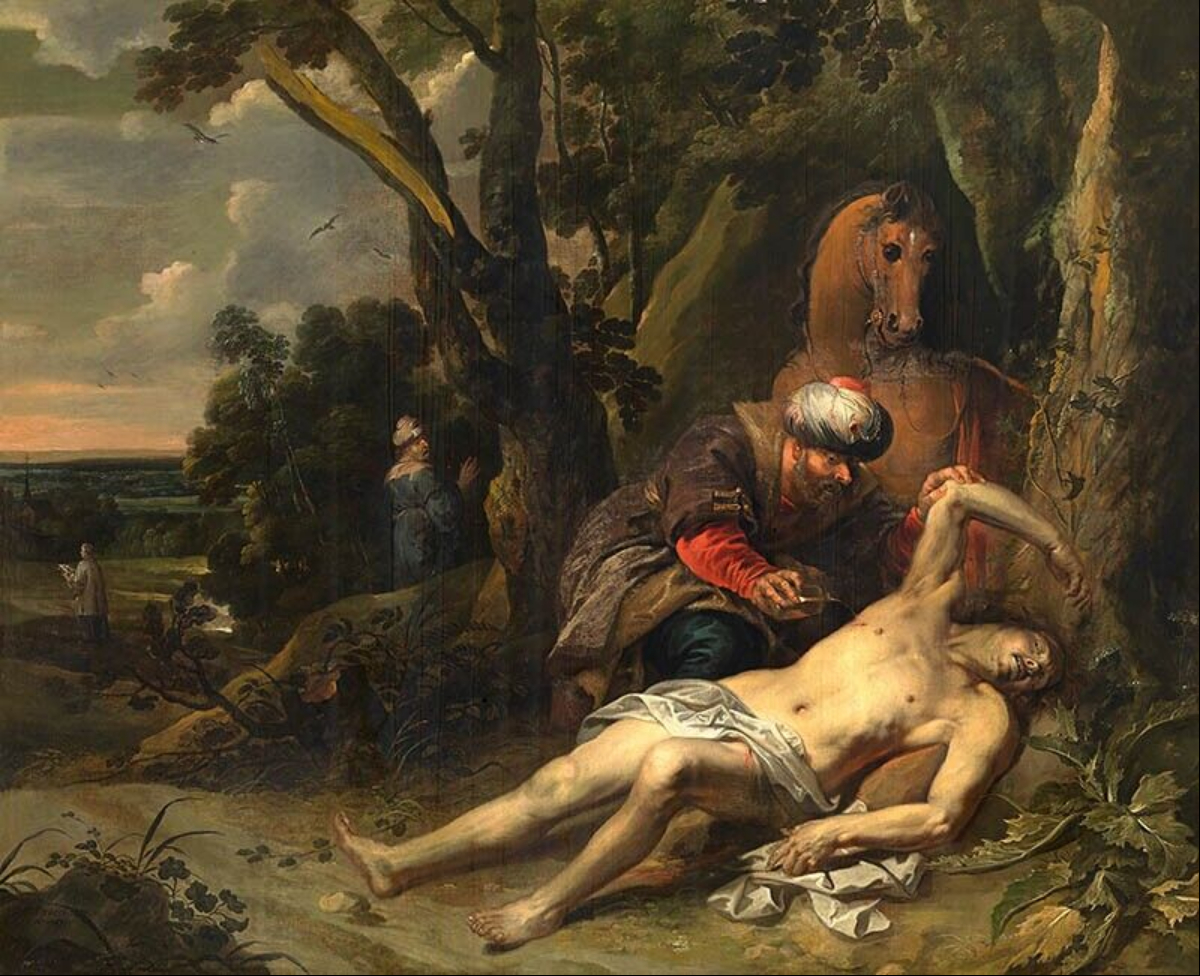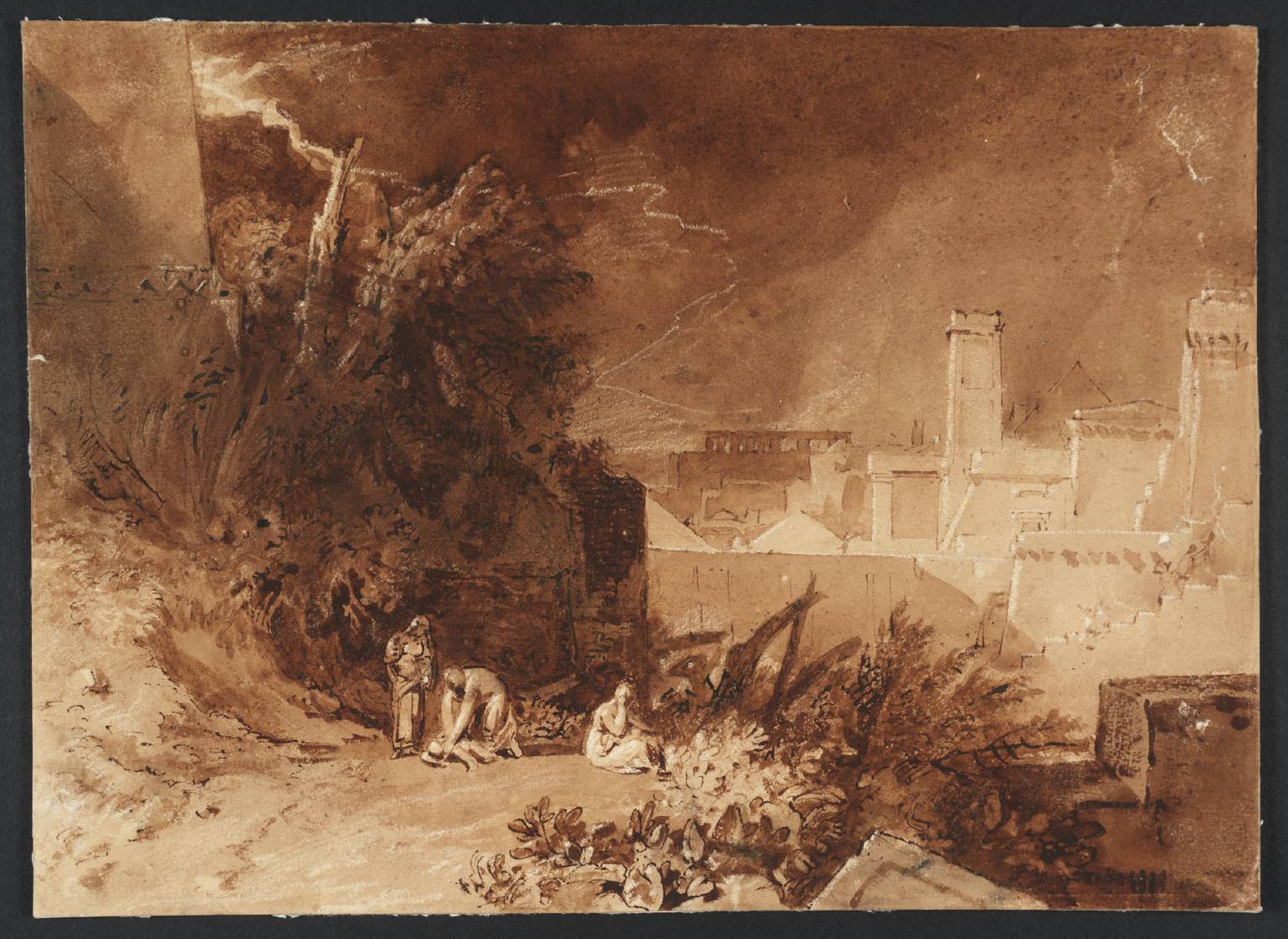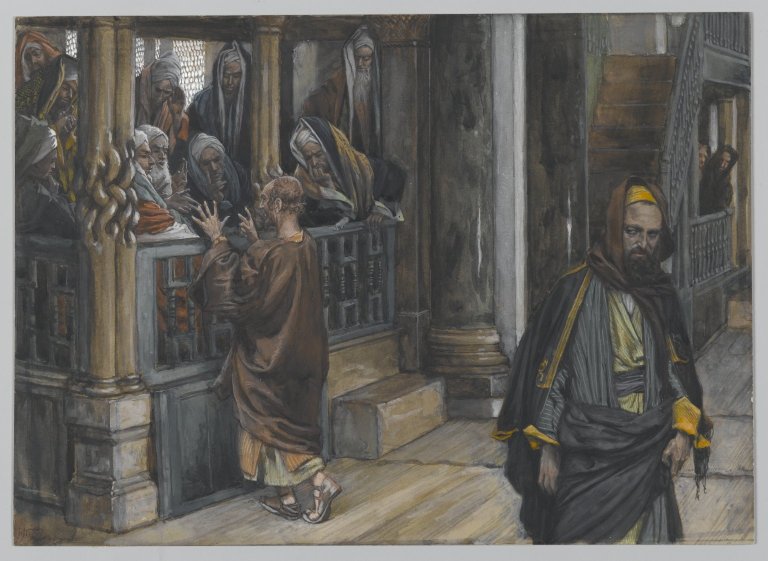Today’s reading comes from the Gospel of Luke:
So they drew near to the village to which they were going. He appeared to be going further, but they constrained him, saying, ‘Stay with us, for it is toward evening and the day is now far spent.’ So he went in to stay with them. When he was at a table with them, he took the bread and blessed. And broke it, and gave it to them. And their eyes were opened and they recognized him; and he vanished out of their sight. (Luke 24:13–35)
The scene is difficult to imagine: The disciples are walking with a man—a stranger—with whom they were just discussing the amazing events that had transpired around Jesus. They had probably told this man (assuming he was a foreigner) of Jesus’ miracles, ministry, and tragic death. They shared with him how they had expected Jesus to deliver Israel, and how they had recently heard the strange news that his body was not in the tomb in which he was buried. The apostles must have been exhausted, excited, and bewildered all at the same time. It would have been a strange sight to behold.
As the apostles drew near to the town they were heading toward, they invited the stranger to stop and stay with them for the night. The man accepted, and when they had stopped for dinner he broke bread and gave it to the apostles. We read in the Gospel of Luke that “their eyes were opened” (Luke 24:31) (c.f. Gen. 3:7), and they realized in that moment that it was Jesus Christ who sat before them. As soon as they recognized who it was, Jesus then “vanished out of their sight,” at which point the apostles began to share with each other how their hearts “burned” while he was talking to them.
This wondrous account provokes many questions. First, why didn’t the disciples recognize Jesus? Did he look different? And how is it that he vanished immediately after breaking bread with them? Jesus had somehow changed, and it wasn’t until the apostles partook of the bread that they were able to understand who he truly was. What was the nature of Christ’s resurrected body that it could do these amazing things?
Saint Thomas Aquinas, the great doctor of the Church, allots four question sections in his Summa Theologica to the necessity, quality, display, and causality of Christ’s resurrection. Aquinas stresses the fact that Christ’s resurrected body is a true body (Pt III. Q. 54, a. 1) and a glorified body (Pt. III. Q. 54, a.3). He cites scripture proving that Christ, by his own power, had been raised up from the dead. (Pt III. Q. 56, a. 1)
Regarding the reading today, and perhaps most interestingly of all, Aquinas also addresses the question of whether Christ should have appeared to the disciples “in another shape”—that is, whether or not it was good that Jesus should appear to the disciples as someone they couldn’t recognize. Aquinas states that “Divine things are revealed to men in various ways, according as they are variously disposed. For, those who have minds well disposed, perceive Divine things rightly, whereas those not so disposed perceive them with a certain confusion of doubt or error (1 Cor 2:14).” Aquinas thus concludes that Jesus appeared actually in his own shape, but that the faith of those he appeared to varied in degree. St. Gregory the Great said something similar: “He showed Himself to them in body such as He was in their minds: for, because He was as yet a stranger to faith in their hearts, he made pretense of going on farther” (Hom. xxiii in Evang.).
Perhaps the most amazing facet of this reading is that only after the apostles partook of the bread were their eyes opened to the reality of the man before them. As Augustine says, “until the Sacrament of the bread; that when they had shared in the unity of His body, the enemy’s hindrance may be understood to have been taken away . . .” (De Conses. Evang. iii). Today’s Gospel reading is a reminder not only that Christ has indeed risen again in glory, but that through the Sacrament of the Eucharist our eyes are opened to the reality of Christ himself.







I always look forward to the Sundays when our turn to lead the sing times up with this gospel. “Two Were Bound for Emaus” is one of my favorite hymns.
Is this the hymn you mean? It really is beautiful!
And yes, I find there is something very powerful about being able to sing the gospel in addition to hearing it.